Introduction: The Alchemy of Caramelization
Caramelizing rock sugar, or rock sugar caramelization, is a foundational technique in culinary arts that transforms simple crystals into a golden elixir capable of imbuing dishes with depth, complexity, and visual allure. This process, rooted in both science and tradition, is pivotal in creating iconic dishes like hongshao rou (red-braised pork), dongpo rou (braised pork belly), and lurou fan (braised pork rice). While modern cooks may reach for soy sauce or food coloring, mastering the art of caramelizing rock sugar unlocks a spectrum of flavors—sweet, nutty, and subtly bitter—that elevate savory dishes to new heights. This guide delves into the intricacies of this technique, exploring the science behind caramelization, the nuances of working with rock sugar, and the precision required to achieve flawless results every time.
Understanding the Science of Caramelization
Caramelization is a chemical reaction that occurs when sugar is heated to high temperatures, breaking down its molecular structure into hundreds of volatile compounds. Unlike the Maillard reaction, which involves the interaction of sugars and amino acids (common in searing meats), caramelization is purely sugar-driven. Rock sugar, composed of sucrose molecules, undergoes this transformation in distinct stages:
- Melting (160–186°C/320–367°F): The crystals dissolve into a clear syrup.
- Dehydration (186–210°C/367–410°F): Water evaporates, and the syrup thickens.
- Pyrolysis (210–235°C/410–455°F): Sucrose decomposes into glucose and fructose, releasing aromatic compounds.
- Caramelization (235°C/455°F+): The sugars polymerize, forming dark, complex caramel.
Rock sugar’s larger crystal size compared to granulated sugar delays melting, offering cooks greater control during the initial stages. This characteristic makes it ideal for novices and professionals alike, as it reduces the risk of burning during the critical early phase.
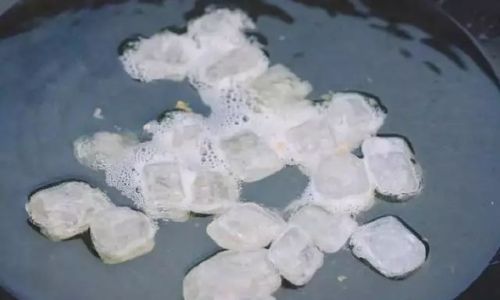
Essential Ingredients and Tools
To embark on the journey of caramelizing rock sugar, gather the following:
- Rock Sugar (Bing Tang): Opt for raw, unrefined rock sugar, which contains trace minerals that enhance flavor complexity. Avoid processed varieties, as they may contain anti-caking agents that impede melting.
- Neutral Oil: Peanut, vegetable, or grapeseed oil (1–2 tablespoons) prevents sticking and aids even heat distribution.
- Heavy-Bottomed Pan: A wok, cast-iron skillet, or stainless-steel saucepan ensures consistent heating. Nonstick pans are discouraged, as they may insulate heat and prolong melting.
- Long-Handled Spoon or Spatula: Wooden or silicone tools prevent burns and allow gentle stirring.
- Water or Hot Liquids: Reserved for deglazing or adjusting consistency post-caramelization.
Step-by-Step Caramelization Process
Preparation: The Foundation of Success
- Crush the Sugar (Optional): While whole rock sugar crystals can be used, gently crushing them with a mortar and pestle or rolling pin accelerates melting. Avoid pulverizing into powder, as this increases burn risk.
- Preheat the Pan: Over medium-low heat, warm the pan for 2–3 minutes. This ensures gradual, even heating.
- Add Oil: Swirl the oil to coat the pan’s surface. The oil acts as a thermal conductor, preventing localized overheating.
Melting Phase: Patience Is Key
- Add Sugar: Introduce the rock sugar to the pan. For every 100g (3.5 oz) of sugar, use 1–2 tablespoons of oil.
- Stir Gently: Use a circular motion to coat sugar crystals with oil. Avoid aggressive stirring, which may cause crystallization.
- Monitor Heat: Maintain medium-low heat. Increasing temperature prematurely leads to uneven melting and burn spots.
Dehydration and Foaming: The First Transformation
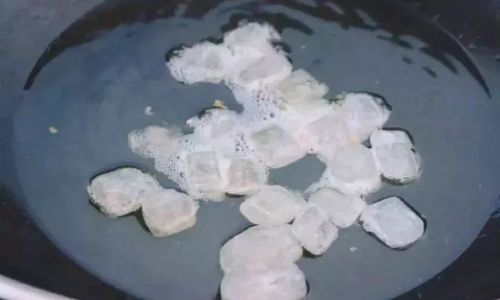
- Observe Melting: After 5–7 minutes, the sugar begins to liquefy, creating a cloudy mixture. Continue stirring to prevent sticking.
- Foam Formation: As water evaporates, the mixture bubbles vigorously, expanding in volume. This stage, lasting 3–5 minutes, is critical—excessive foaming may indicate trapped moisture.
- Adjust Heat: Reduce heat if foaming threatens to overflow.
Color Transition: From Golden to Amber
- First Signs of Color: After 8–10 minutes, the foam subsides, revealing a clear, golden syrup. This is the “golden stage,” ideal for lighter caramel applications.
- Deepening Hues: Continue cooking, stirring intermittently. The syrup transitions from golden to amber (12–15 minutes). For红烧 dishes, aim for a rich mahogany tone.
- Aroma Development: Inhale deeply—nutty, toasty scents indicate proper caramelization. A burnt or acrid smell signals overcooking.
Deglazing and Stabilization: Finalizing the Caramel
- Introduce Liquid: Once the desired color is achieved, remove the pan from heat and slowly pour in ½ cup of hot water or broth. Caution: The mixture will steam violently.
- Stir Vigorously: Return the pan to low heat and whisk until the caramel dissolves into a smooth, silky sauce. This step halts cooking and prevents residual heat from burning the sugar.
- Adjust Consistency: For thinner caramel, add more liquid; for thickness, simmer briefly.
Mastering the Technique: Pro Tips for Perfection
-
Temperature Control:
- Use an infrared thermometer to track heat. Aim for 180–200°C (356–392°F) during the foaming stage.
- If the caramel darkens too quickly, lift the pan off the heat or immerse the base in cool water.
-
Crystallization Prevention:
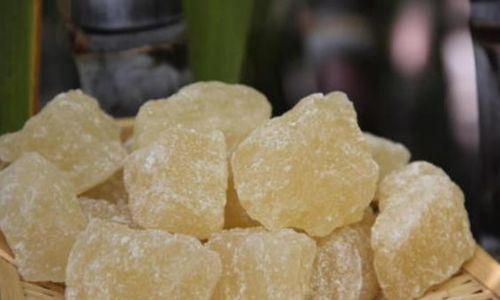
- Ensure the pan is bone-dry—even a drop of water can cause recrystallization.
- Avoid stirring during the foaming phase, as this introduces air bubbles that may collapse the caramel.
-
Color Consistency:
- For uniform hue, swirl the pan gently rather than stirring.
- Test color by drizzling a drop onto a white plate; transparency indicates undercooking, while opacity suggests bitterness.
-
Storage and Reuse:
Leftover caramel can be stored in a sterilized jar for up to a month. Reheat gently over low heat, adding water if needed.
Troubleshooting Common Pitfalls
-
Sugar Crystallizes into a Grainy Mess:
Cause: Insufficient heat, residual moisture, or overstirring.
Fix: Discard and start anew, ensuring a dry pan and minimal stirring.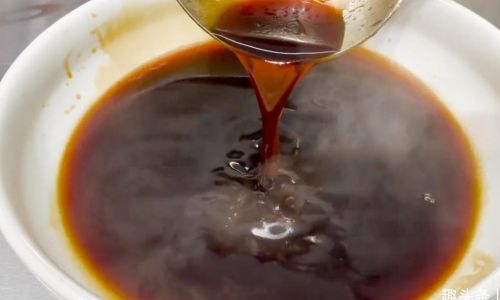
-
Caramel Tastes Bitter:
Cause: Overheating beyond 235°C (455°F).
Fix: Reduce heat earlier next time, or mask bitterness with acidic ingredients (vinegar, wine) during cooking. -
Foam Overflows the Pan:
Cause: Excessive sugar-to-oil ratio or high heat.
Fix: Use a larger pan or reduce batch size.
Creative Applications Beyond Braising
While caramelized rock sugar is synonymous with braised meats, its versatility extends further:
- Sauces and Glazes: Drizzle over roasted duck, grilled vegetables, or tofu for a glossy finish.
- Desserts: Incorporate into mooncakes, jello, or sweet soup bases for a nuanced sweetness.
- Beverages: Stir into black tea or coffee for a caramel-infused twist.
Cultural Significance and Regional Variations
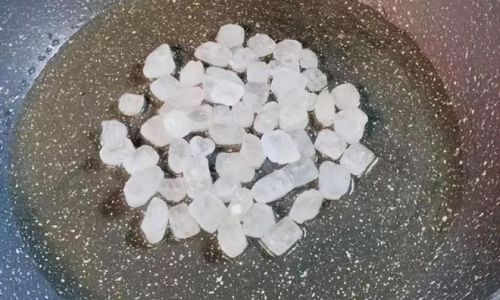
In Chinese cuisine, caramelized sugar symbolizes balance—the interplay of sweet and savory, light and dark. Regional adaptations highlight this diversity:
- Shanghai-Style Braising: Employs a deep, mahogany caramel for dishes like xiaolongbao (soup dumplings).
- Sichuanese Hot Pot: Lightly caramelized sugar tempers chili oil’s heat.
- Cantonese Dim Sum: A touch of caramel enhances the umami in har gow (shrimp dumplings).
Conclusion: The Journey to Caramel Mastery
Caramelizing rock sugar is a dance of patience, observation, and intuition. While the process demands precision, the rewards—a kitchen filled with the aroma of toasted sugar, a pan of glossy amber caramel—are immeasurable. Whether you’re a home cook seeking to elevate weeknight dinners or a culinary enthusiast exploring traditional techniques, mastering this art empowers you to transform humble ingredients into culinary masterpieces. Remember: every burnt batch is a lesson, every perfect caramel a testament to skill refined. So heat the pan, measure the sugar, and embark on a journey where science meets tradition—one golden bubble at a time.
Final Word:
Experimentation is key. Adjust heat levels, sugar-to-oil ratios, and cooking times to suit your stove and pan. Over time, you’ll develop an instinct for recognizing the “just right” moment when the caramel transitions from sweet to sublime. Happy cooking!
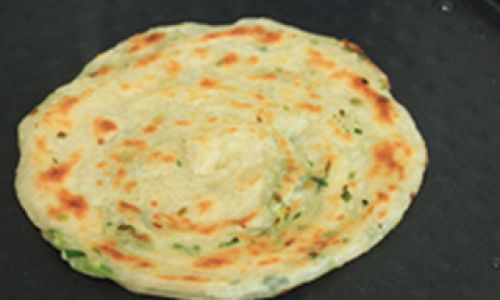
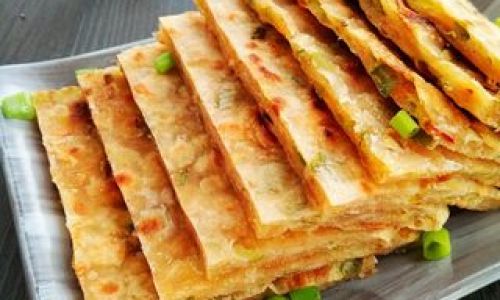
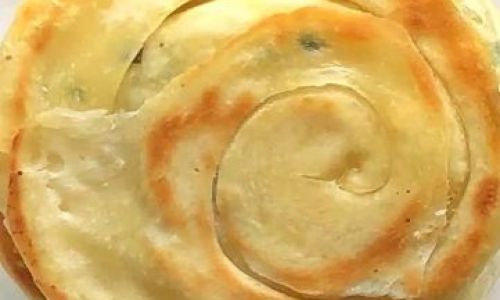
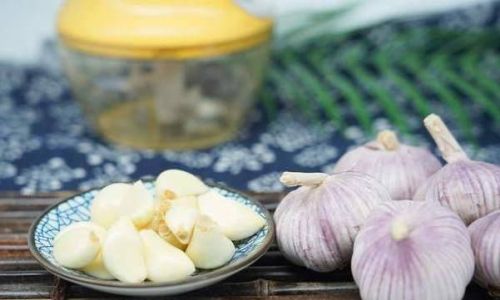
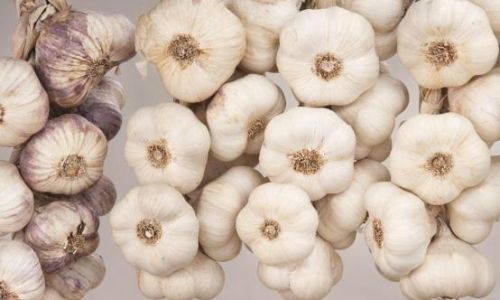
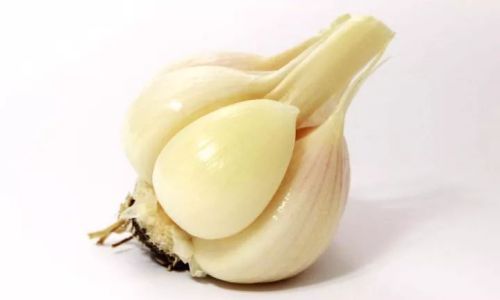
0 comments